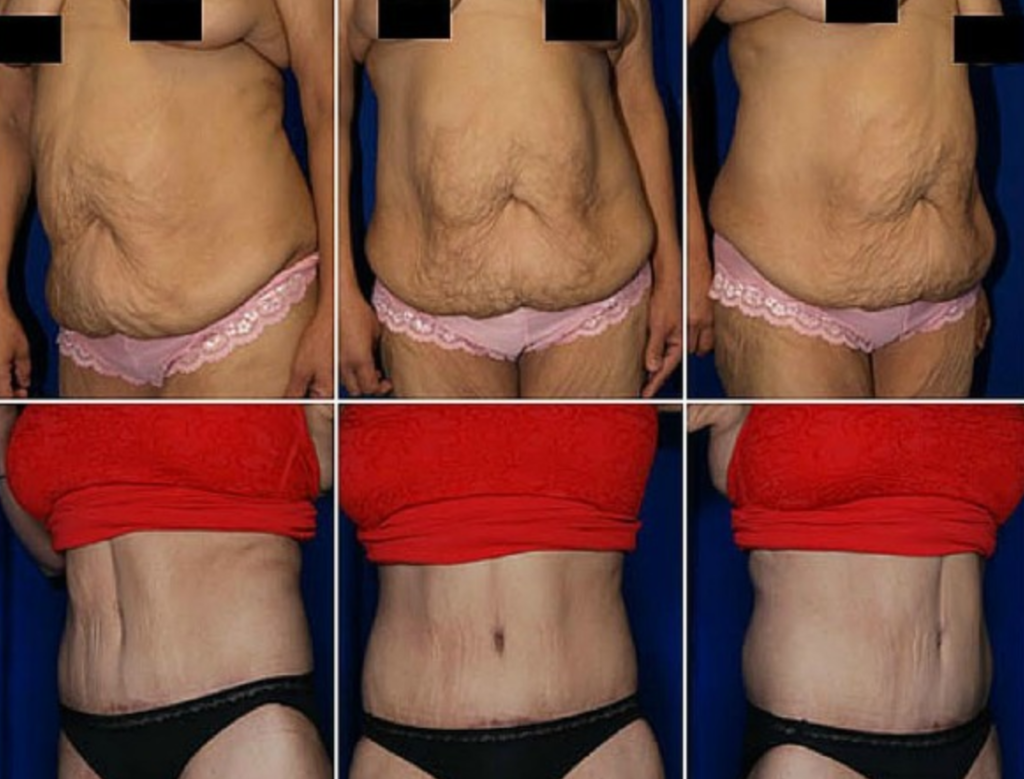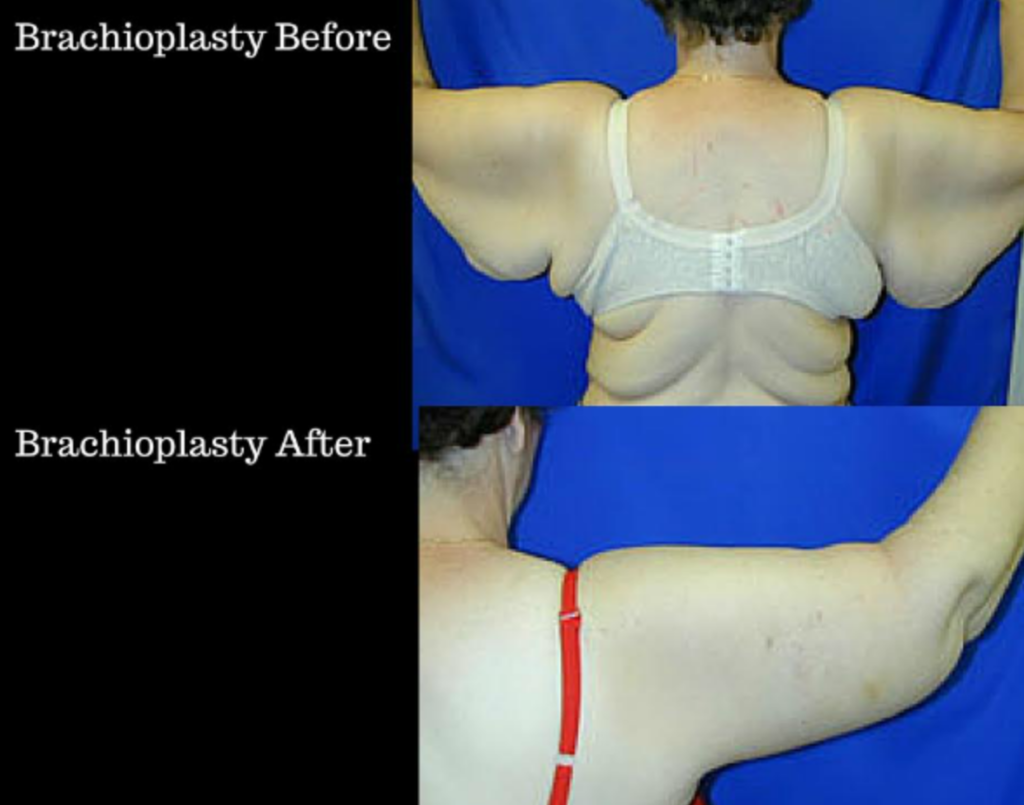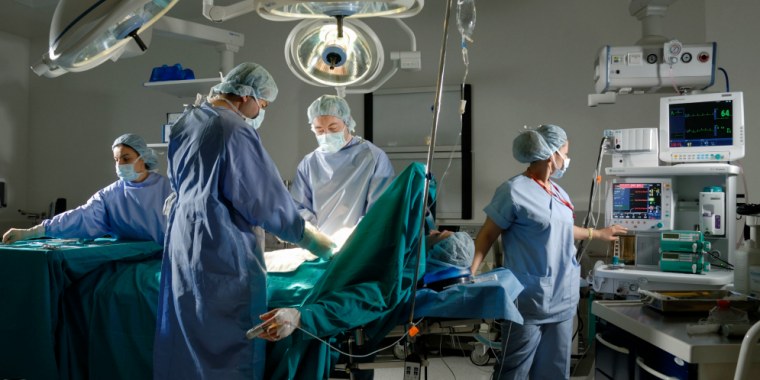Successful surgical and/or medical weight-loss therapy often leads to significant skin excess in various parts of the body. Unfortunately, when someone shrinks their body by 20, 40 or 80 kilograms, the skin is not able to shrink as well. While the morbidly obese patient suffers from hypertension, back and knee pain, diabetes, etc., the post-weight loss patient endures a new set of problems related to skin excess. The good news is that excess skin is always preferable to excess weight and is treatable.
Contact Us NowThe “before before” and “after” WLS patient

I trained in general surgery and went on to train in plastic surgery at a large hospital, with a cutting-edge gastric bypass program. During my general surgery training, I performed several open gastric bypass cases and took part in the first laparoscopic case at our institution. In plastic surgery, we had a large number of body contouring cases that presented after gastric bypass surgery. Eventually, I counselled those gastric bypass patients differently than other patients. I didn’t view the post gastric bypass patients as completed with their weight-loss transformation. Once the weight-loss goal was completed, the patient still needed body contouring in order to achieve the “after” appearance they were looking for. The “before” was when the patient underwent massive weight loss, and the “before before” was when the patient that was having their gastric bypass surgery.
From a plastic surgeon’s perspective, I feel it’s not fair to tell someone that lost 100 kilograms and has enough excess skin for another body, that they are done with their weight-loss journey.
Patients often ask me to look at their face and body and tell them what I think they should fix. I am reluctant to suggest procedures unless the patient has expressed some dissatisfaction with the feature. For example, when someone is talking about their nose but has unsightly ears, I don’t say, ‘”forget the nose, we need to work on those ears!” Maybe the ears are a family trait and the patient likes them. Weight loss surgery patients or extreme weight loss patients are often unaware of the various procedures that are possible to address their concerns. Many times I have heard patients say: “you can do that? Oh, I want that first!” So, I make an exception to my rule for these weight loss patients. Unless the weight loss surgery patient appears to understand the procedures well, I will often list the typical areas of concern for an extreme weight-loss patient.

Plastic surgery “priority list”
This brings us to what I call the “priority list”. The patient may desire ten different procedures over time, so I have them rank their desired treatments in order of preference. There is also this thing called reality that dictates what is reasonable for a patient to have done given the usual restrictions of time off work, cost, etc. Some patients opt to do all ten procedures, but for most, that isn’t a reality. Once the patient makes their priority list, I make my own list. My list is less emotional and takes into account my considerable experience in this field as well as maximum change for the procedure (bang for the buck), cost, time off work, recovery, an appropriate pairing of synergistic procedures, etc. I’ll explain my reasoning to the patient if my list differs from theirs. The patient’s list obviously takes priority although we often will form a hybrid list once the patient has a little more knowledge about the procedures.

Most common plastic surgery procedures for WLS patients
In order of popularity:
1. Abdomen
2. Breasts
3. Buttocks / Lateral Thighs
4. Face and Neck
5. Upper Arms
6. Inner Thighs
7. Side of Chest and Back
Abdomen: The most common procedure is an abdominoplasty or tummy tuck. With extreme weight loss, there is excess skin throughout the abdomen as well as laxity of the abdominal wall. The excess skin is obvious and the widened muscle outlines can been seen. The abdominoplasty procedure does three things: remove extra skin, remove extra fat and tighten the abdominal wall. Often times, the abdominoplasty is done simultaneously with liposuction, which removes excess fat on the trunk and thighs outside of the abdomen.
Breasts: There are a number of procedures to consider with respect to breasts after extreme weight loss. Typically, volume is lost and the breast droops. Most often, an augment lift is done to replace lost volume and lift the droopy breast. Some patients want only a lift if they still have enough volume, or perhaps a reduction (which includes a lift). Occasionally we can modestly augment the breast ‘naturally’ with fat grafting.
Buttocks/Lateral thighs: The buttocks/lateral thighs droop after weight loss. This leads to excess skin developing in the lateral thigh and hanging and/or flattening of the buttocks. A lower body lift procedure involves removing excess skin from the lateral body and buttock areas. It lifts the buttock and thigh skin. I often describe it as pulling up your pants. These procedures are often done with some liposuction and/or fat grafting of the buttocks to increase volume and provide a rounder shape.
Face: After extreme weight loss, there is loss of volume in the face (gaunt look) and the creation of jowls and excess neck skin. These issues can be addressed with fat grafting and a face and neck lift.
Upper arms: The upper arms often hang and are unsightly after significant weight loss. The brachioplasty procedure removes excess skin and fat from the upper arms. This scar can be visible along the inside of the arm from the armpit to towards the elbow. In addition, the upper arms sometimes makes thicker scars than the rest of the body. Therefore, I recommend that the patient have a substantial amount of excess skin before electing to have this procedure to ensure the improvement is enough to warrant the scar.
Inner thighs: The inner thighs also droop after weight loss. This excess skin can be removed using a groin crease scar. Often times, some liposuction of the area is done in conjunction with the medial thigh lift.
Combination procedures: More often than not, combinations of the above procedures are performed taking into account the hybrid priority list and the reality for the particular patient. Patients should always remember that like all surgery procedures, these procedures carry risk.
It is rewarding to help patients complete their extreme weight loss transformation. This is a difficult process and patients should be proud of all they’ve accomplished!
Contact Us NowThis article is published on ObesityHelp. Read about the authors and original article here.












